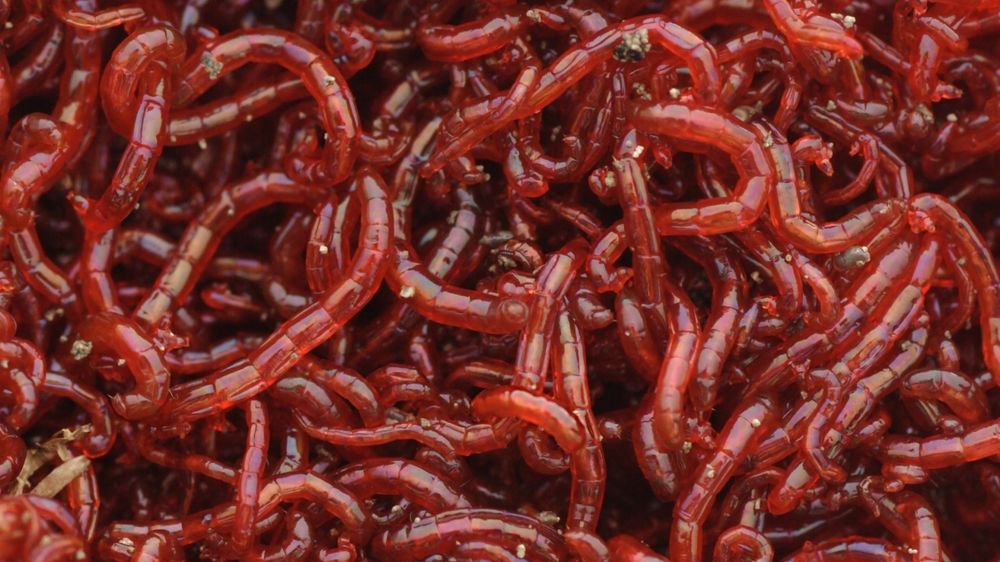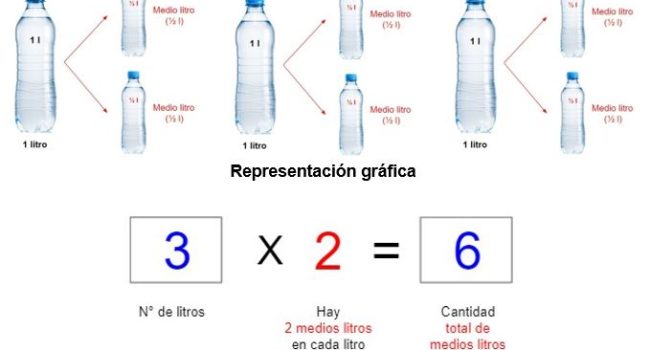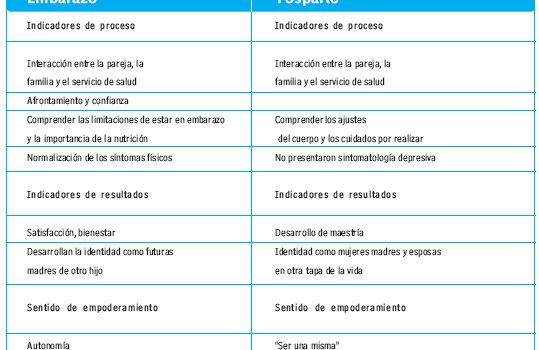
Bloodworms, also known as chironomid larvae, are a popular and effective bait for anglers. Their vibrant red color and wriggling movements make them irresistible to fish. But, where do these fascinating creatures come from and how can you find them? This article explores the habitat, life cycle, and hunting techniques for bloodworms, providing you with valuable insights for your next fishing trip.
Puntos Clave
- Bloodworms are the larval stage of midges. These insects are commonly found in freshwater and saltwater environments.
- They prefer environments with high organic matter content. This includes mud, silt, and decaying vegetation.
- You can find bloodworms in various locations, including lakes, rivers, ponds, and coastal areas.
- They typically burrow in the bottom sediment.
- Their diet consists of algae, bacteria, and other small organisms.
- Bloodworms are a valuable source of protein for fish.
- Anglers use bloodworms as bait for both freshwater and saltwater fishing.
- You can find bloodworms commercially or collect them yourself.
- The best time to search for bloodworms is during the spring and summer months.
Habitat and Life Cycle
Where Do Bloodworms Live?
Bloodworms live in a variety of freshwater and saltwater environments. They thrive in areas with high organic matter content, such as muddy bottoms, silt, and decaying vegetation. This rich environment provides them with ample food and shelter.
You can find bloodworms in:
- Lakes: They are common in lakes with a muddy or silty bottom.
- Rivers: You can find them in slow-moving rivers with ample vegetation.
- Ponds: They are also found in ponds, especially those with high levels of organic matter.
- Coastal areas: Bloodworms can be found in intertidal zones, estuaries, and bays, burrowing in the mud.
The Life Cycle of Bloodworms
Bloodworms are the larval stage of non-biting midges, also known as chironomids. The life cycle of a bloodworm begins with eggs laid by the midge in the water. The eggs hatch into larvae, which then burrow into the sediment.
The larval stage is the longest stage in their life cycle. After several months, the larvae pupate into a stage that resembles a small, white, comma-shaped creature. This stage is usually short-lived, as the pupa soon emerges as an adult midge. The adult midge mates and lays eggs, starting the cycle again.
Hunting Techniques
How to Find Bloodworms
Finding bloodworms requires a bit of patience and understanding of their preferred habitats.
1. Visual Inspection:
The most straightforward approach is to look for visual signs of bloodworms. Visit areas with muddy or silty bottoms and look for the red trails or the worm itself in the shallows.
2. Digging:
You can dig for bloodworms in areas where you suspect them to be present. Use a trowel, garden fork, or shovel to gently turn over the sediment.
3. Using a Bloodworm Trap:
You can use a bloodworm trap to catch them. These traps usually consist of a bucket or container with a bait in the center. The bait attracts the bloodworms, and they get trapped inside the container.
4. Commercial Sources:
If you don't have the time or resources to search for bloodworms, you can buy them from a bait shop or online retailer.
Best Time to Find Bloodworms
The best time to hunt for bloodworms is during the spring and summer months. During these warmer months, they are more active and readily available.
Tips for Finding Bloodworms
- Target areas with high organic matter. Look for muddy or silty bottoms and decaying vegetation.
- Check the water temperature. Bloodworms prefer cooler water temperatures.
- Use a flashlight to illuminate the bottom sediment. This makes it easier to spot them.
- Be patient and persistent. It might take some time to find bloodworms.
Handling Bloodworms
Once you find bloodworms, it's essential to handle them carefully to preserve their viability. Keep them cool and moist. You can store them in a bucket or container with a layer of damp moss or paper towels.
Video Recomendado: The Intriguing World of Bloodworms: Where Do They Live and How Can You Find Them?
Preguntas Frecuentes
Where can I buy bloodworms?
You can buy bloodworms from bait shops, online retailers, and some fishing tackle stores.
How long can I keep bloodworms alive?
Bloodworms can be kept alive for several days if stored properly. Keep them in a cool, moist environment with a layer of damp moss or paper towels.
Are bloodworms safe to handle?
Bloodworms are not known to be harmful to humans. They do not bite or sting. However, it's a good practice to wash your hands after handling them.
What are some alternative baits to bloodworms?
There are other effective baits for fishing, such as nightcrawlers, redworms, and shrimp.
What is the best way to use bloodworms as bait?
The best way to use bloodworms as bait is to thread them onto a hook, leaving the head exposed.
Conclusión
Bloodworms are an effective and exciting bait for anglers. They are the larval stage of midges and can be found in various freshwater and saltwater environments. You can hunt for them yourself by visually inspecting the sediment, digging, or using a trap.
By understanding their life cycle, habitat, and hunting techniques, you can enhance your chances of finding these valuable creatures and enjoying a successful fishing trip.
Si quieres conocer otros artículos parecidos a The Intriguing World of Bloodworms: Where Do They Live and How Can You Find Them? puedes visitar la categoría Educación.
Deja una respuesta









También te puede interesar: